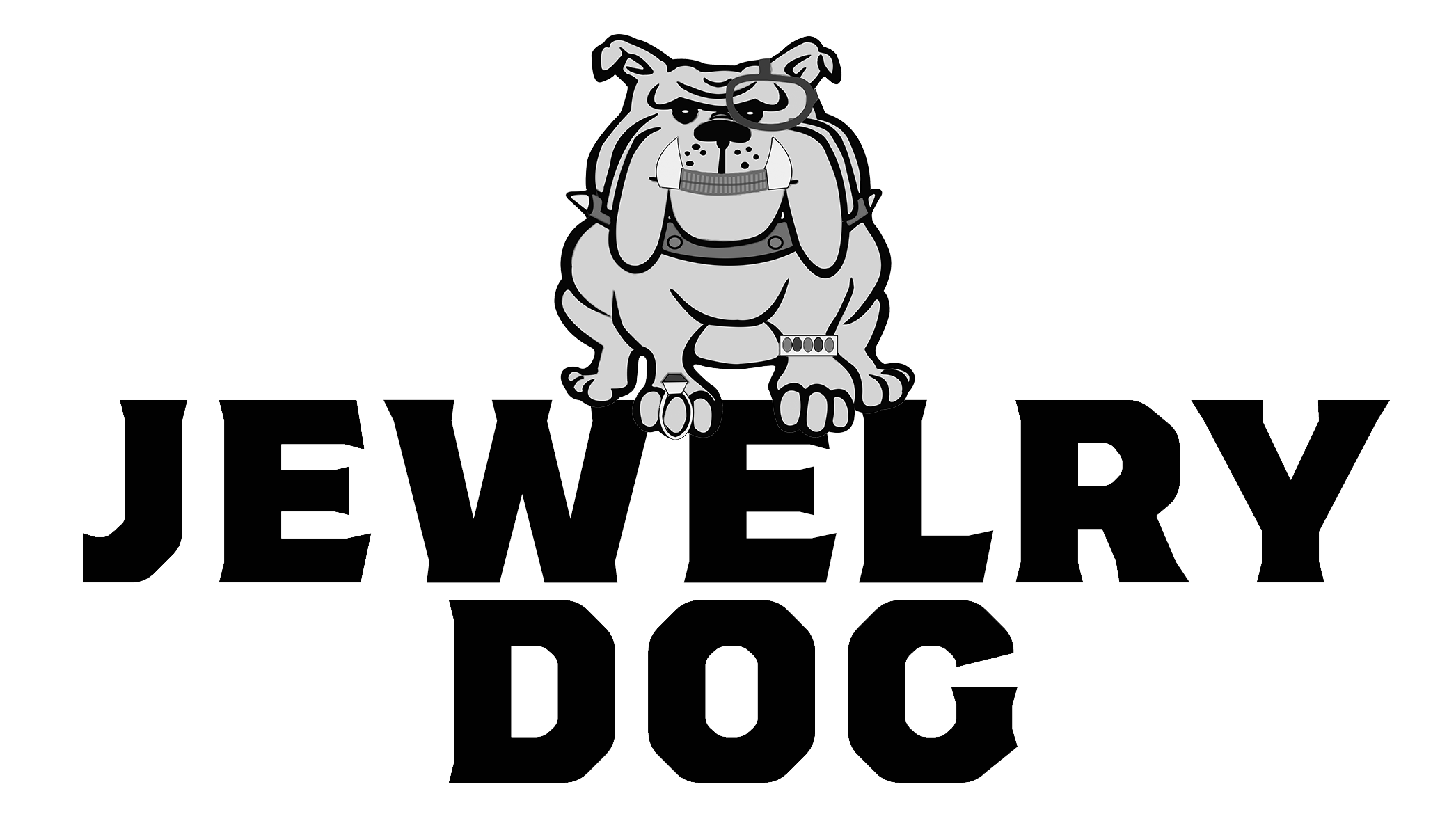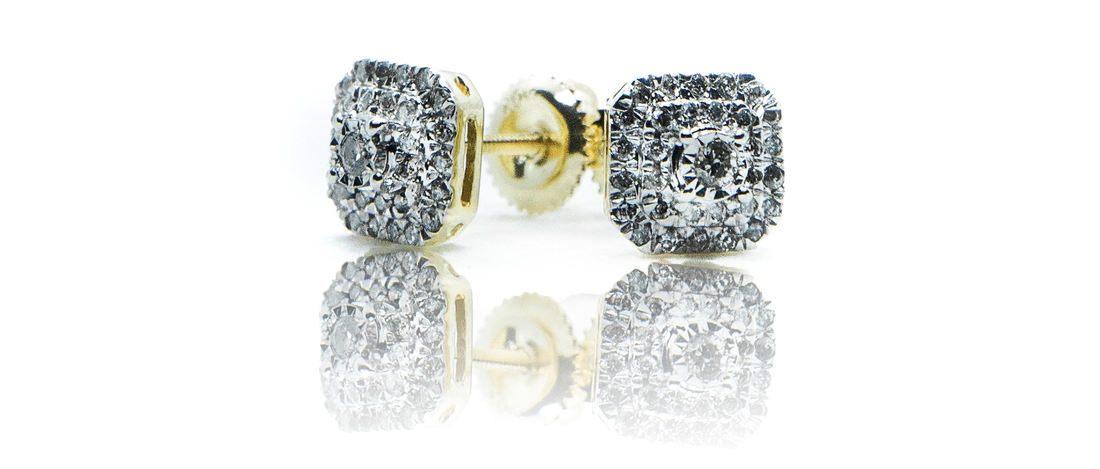Diamonds have fascinated humanity for centuries with their mesmerizing sparkle and enduring beauty ~ standing the test of time. However, with the advancement of recent technology, the creation of lab-grown diamonds has become a reality. Distinguishing between natural diamonds and lab diamonds is crucial for both consumers and jewelers. In this blog post, we will explore the key factors and methods to help you differentiate between these two types of diamonds.

Understanding the Basics
Formation Process:
- Natural Diamonds: formed deep within the Earth's mantle over millions of years under intense pressure and high temperatures.
- Lab Diamonds: Created in a controlled environment using advanced technological processes, such as High Pressure High Temperature (HPHT) or Chemical Vapor Deposition (CVD).
Inclusions or Imperfections:
- Natural Diamonds: Often contain inclusions, imperfections, and unique characteristics formed during their natural growth process.
- Lab Diamonds: Typically have fewer inclusions, and any imperfections are usually a result of the manufacturing process.

Diamond Laboratory
Visual Inspection
Color & Clarity:
- Natural Diamonds: A wide range of colors and clarity levels due to their natural formation process.
- Lab Diamonds: Often exhibit exceptional color and clarity because they are created under controlled conditions.
Fluorescence:
- Natural Diamonds: Some natural diamonds exhibit fluorescence (a glow) when exposed to ultraviolet light.
- Lab Diamonds: The presence or absence of fluorescence can be a clue, as lab diamonds may show different fluorescence patterns.
Advanced Testing
UV Light Testing:
- Natural Diamonds: Show a blue glow under UV light due to the presence of certain minerals.
- Lab Diamonds: May display different UV light reactions, providing a hint about their origin.

Natural Diamond, Miami Cuban Chain
Certification and Documentation
Gemological Certificates:
- Natural Diamonds: Typically come with certificates from reputable gemological laboratories, documenting their origin and characteristics.
- Lab Diamonds: Should also be accompanied by certificates specifying their artificial origin.

Conclusion:
Distinguishing between natural diamonds and lab diamonds involves a combination of visual inspection, advanced testing, and careful documentation examination. Whether you're a consumer looking for an engagement ring or a jeweler ensuring the integrity of your inventory, understanding these key differences is essential. As technology continues to advance, staying informed about the latest detection methods will be crucial in the ever-evolving world of diamonds. Remember, each diamond, regardless of its origin, is a unique and special gem that can bring joy and beauty for generations to come. Here at Jewelry Dog we can help you find the perfect gemstone for any occasion, call us to get started today. (713) 995-9788

